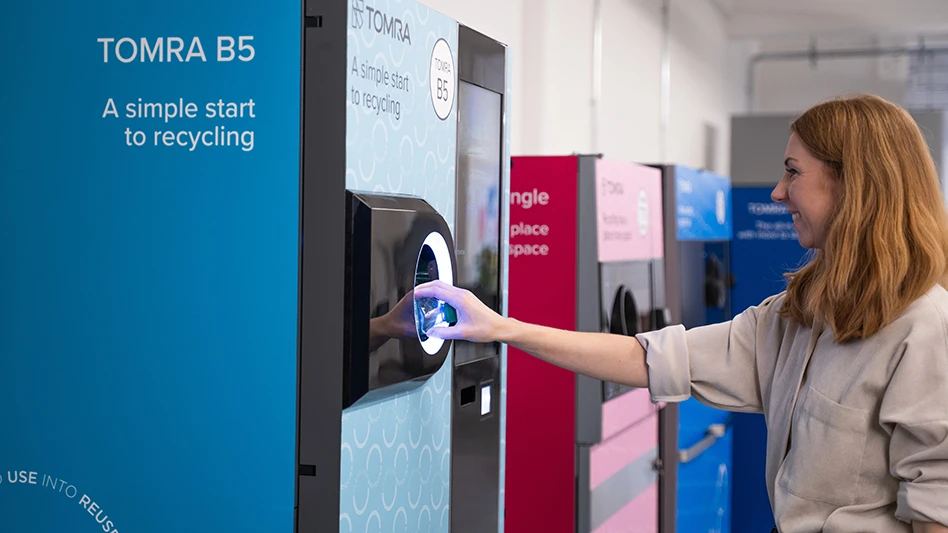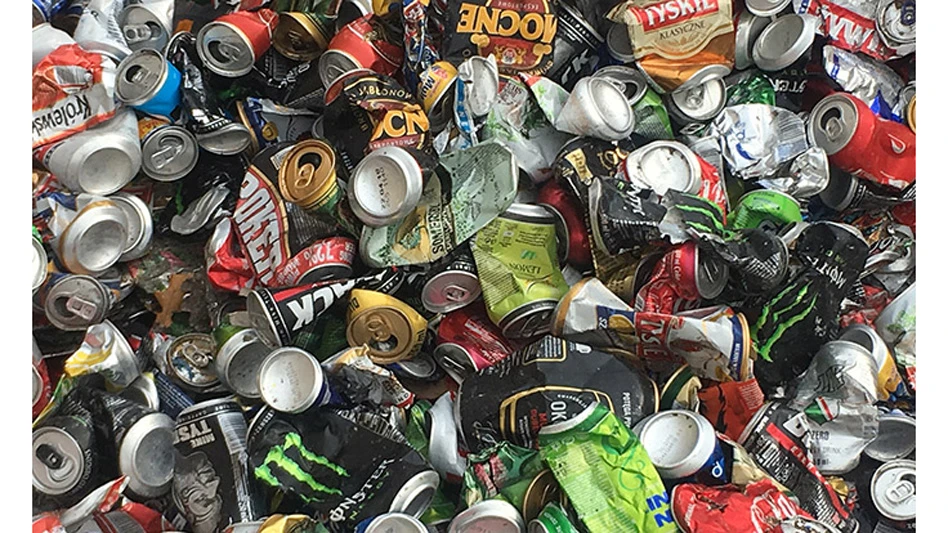That was one possible conclusion reached by Roger Franz of Motorola’s Personal Communications Sector, Libertyville, Ill. Franz looked at recycling techniques with an eye on targets established by the Waste Electrical and Electronic Equipment (WEEE) directive in Europe.
The European Commission, through its WEEE directive, has determined that cellular telephones must be recycled at a rate of 70 percent (by mass), and it is up to manufacturers to determine how to achieve the goal.
With cell phone recycling being a relatively new venture, Franz told attendees at the International Symposium on Electronics & the Environment in San Francisco on Wednesday that “the door was wide open to develop any kind of program that made sense.”
Franz looked at pilot studies and programs that had been conducted in several nations. Motorola also conducted a test of its equipment with a U.S. electronics recycler who runs a shredder. Motorola sent a mixture of cell phones, chargers and cables, and the recycler ended up with a stream of 21 percent saleable metals and 79 percent “inert filler.” The recycler found markets for the mixed plastic filler material created, but, “We cannot confirm that a high-volume market for this fraction would be sustainable in all regions for which recycling would be required,” Franz concluded.
In Switzerland, Motorola has been recycling end-of-life cell phones and accompanying equipment along with a larger mix of electronic scrap. The Swiss method yielded 78 percent metals and sorted plastics that had sustained markets, plus another 19 percent of materials that could be used as an alternative fuel source. Franz said it is unclear whether the waste-to-energy portion would count as recycling for the WEEE directive, but the 78 percent fraction alone meets the directive’s goal. Unfortunately, it is unclear whether, for WEEE reporting purposes, Motorola would be able to use recycling results from a mixed stream of objects and components to record a cell phone recycling rate.
A general conclusion reached by Franz was that disassembly of cell phones was not cost-effective and did not necessarily increase the materials recycling rate. Likewise, design-for-recycling considerations do not seem appropriate if there will be no disassembly and plastics will be mechanically processed and separated.
Finding recyclers “with automation technologies” is the likeliest scenario for cell phone manufacturers, according to Franz. He compared the situation to that of European auto manufacturers, who are working with existing scrap recyclers to meet end-of-life vehicle recycling targets.
The International Symposium on Electronics & the Environment is took place last week in San Francisco. It is sponsored by the Institute of Electrical and Electronics Engineers, Piscataway, N.J., and the International Association of Electronics Recyclers, Albany, N.Y.
Latest from Recycling Today
- ReMA urges open intra-North American scrap trade
- Axium awarded by regional organization
- China to introduce steel export quotas
- Thyssenkrupp idles capacity in Europe
- Phoenix Technologies closes Ohio rPET facility
- EPA selects 2 governments in Pennsylvania to receive recycling, waste grants
- NWRA Florida Chapter announces 2025 Legislative Champion Awards
- Goldman Sachs Research: Copper prices to decline in 2026





